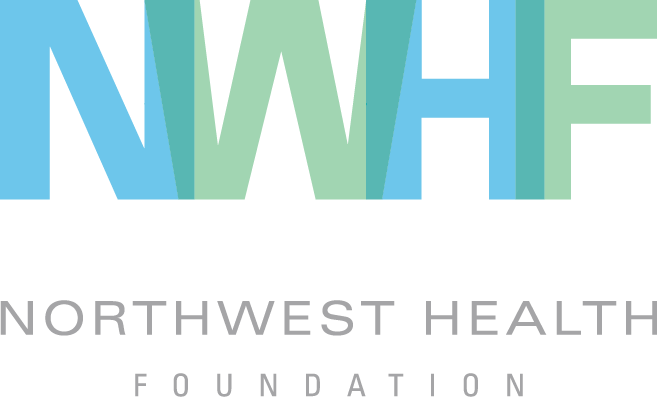From United for a Fair Economy:
UFE's eleventh annual MLK Day report–Healthcare for Whom?–explores the racial economic implications of one of the most important human rights issues and public policy debates of the day: healthcare. The report looks at both disparate health outcomes–driven largely by racial segregation and concentrated poverty–and the current state-by-state fights over implementing the Affordable Care Act.
The report also includes the latest data on racial disparities in education, employment, income, poverty and wealth that indicate the dream of racial equity, as so clearly articulated by Dr. King, remains unfinished.
For the first time, this MLK Day report includes an "organizers toolbox" with a series of interactive workshops organizers can use at local worker centers, union halls, church groups, and community groups to examine the causes and consequences of the racial wealth divide and move people to action.
Get the report and other tools here.



